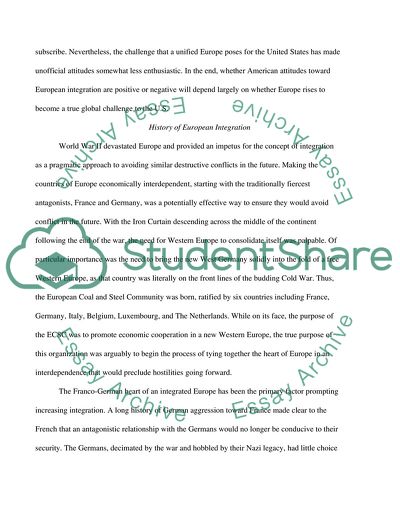Cite this document
(How the U.S. Attitude to European Integration Has Evolved between 1945 Term Paper, n.d.)
How the U.S. Attitude to European Integration Has Evolved between 1945 Term Paper. Retrieved from https://studentshare.org/history/1537200-explain-how-the-us-attitude-towards-european-integration-has-evolved-between-1945-and-the-enlargement-of-the-eu-to-25-members-in-2004
How the U.S. Attitude to European Integration Has Evolved between 1945 Term Paper. Retrieved from https://studentshare.org/history/1537200-explain-how-the-us-attitude-towards-european-integration-has-evolved-between-1945-and-the-enlargement-of-the-eu-to-25-members-in-2004
(How the U.S. Attitude to European Integration Has Evolved Between 1945 Term Paper)
How the U.S. Attitude to European Integration Has Evolved Between 1945 Term Paper. https://studentshare.org/history/1537200-explain-how-the-us-attitude-towards-european-integration-has-evolved-between-1945-and-the-enlargement-of-the-eu-to-25-members-in-2004.
How the U.S. Attitude to European Integration Has Evolved Between 1945 Term Paper. https://studentshare.org/history/1537200-explain-how-the-us-attitude-towards-european-integration-has-evolved-between-1945-and-the-enlargement-of-the-eu-to-25-members-in-2004.
“How the U.S. Attitude to European Integration Has Evolved Between 1945 Term Paper”, n.d. https://studentshare.org/history/1537200-explain-how-the-us-attitude-towards-european-integration-has-evolved-between-1945-and-the-enlargement-of-the-eu-to-25-members-in-2004.


